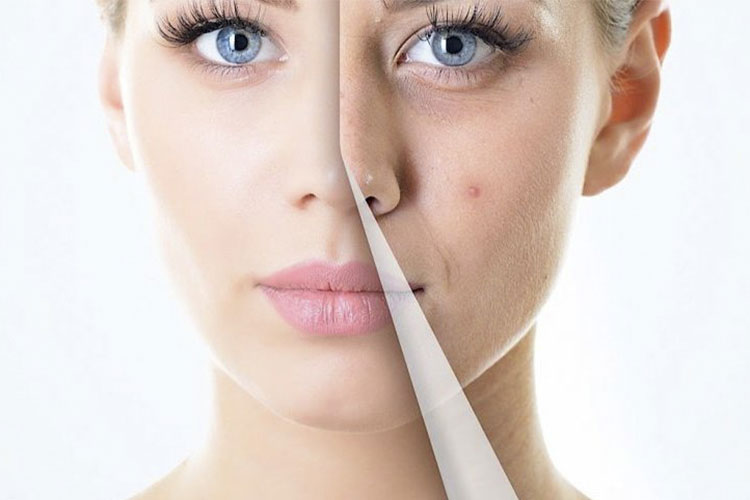Chemical peels have become one of the most popular skincare treatments, that offers a way to rejuvenate and refresh the skin. Whether you’re looking to reduce acne scars, diminish fine lines, or improve your overall complexion, there’s likely a peel that suits your needs. But with so many types available, it can be hard to know which one is right for you. Let’s look at the different types of chemical peels and help you determine which one might work best for your skin type and concerns.
What Are Chemical Peels?
A chemical peel is a cosmetic treatment that involves applying a solution to the skin, causing it to exfoliate and eventually peel off. This process reveals new, regenerated skin that is often smoother, clearer, and more radiant. The peel’s depth depends on the type of peel used, which ranges from mild to deep, each offers unique benefits and requires varying recovery times.
Types of Chemical Peels
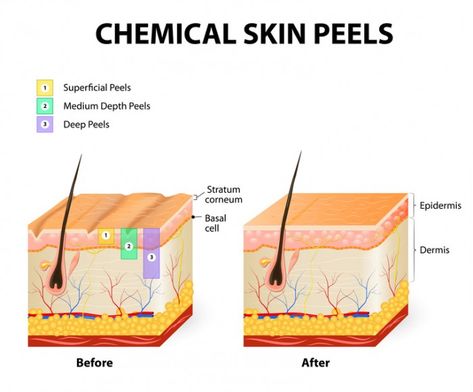
1. Superficial Peels
Best For: Mild skin discoloration, rough texture, and minor acne.
Superficial peels are the gentlest form of chemical peels. Also known as light peels, they only penetrate the outermost layer of the skin (epidermis). These peels are ideal for individuals with sensitive skin or those new to chemical peels, as they require little to no downtime and have minimal risk of side effects.
Common Ingredients: Alpha-hydroxy acids (AHAs), like glycolic and lactic acid, are typically used for superficial peels. These acids are gentle and work to exfoliate the skin, brighten the complexion, and improve skin texture.
What to Expect: After a superficial peel, you may experience slight redness and dryness for a few days, but you can return to your daily activities immediately. Results are subtle and typically require multiple treatments over time for noticeable improvement.
2. Medium Peels
Best For: Fine lines, wrinkles, age spots, and moderate acne scars.
Medium peels go deeper into the skin, penetrating both the epidermis and part of the dermis (the middle layer of the skin). They provide more dramatic results compared to superficial peels and are suitable for individuals looking to address more significant skin concerns.
Common Ingredients: Trichloroacetic acid (TCA) and higher concentrations of glycolic acid are commonly used in medium peels. These acids work to reduce the appearance of wrinkles, pigmentation issues, and acne scars while stimulating collagen production.
What to Expect: After a medium peel, you may experience redness, swelling, and peeling for about 5-7 days. During the healing process, it’s important to avoid sun exposure and follow your dermatologist’s post-treatment instructions to prevent complications. The results are more noticeable, often after a single treatment, but may still require a few sessions for the best outcomes.
3. Deep Peels
Best For: Deep wrinkles, severe sun damage, and pronounced scars.
Deep peels are the most intensive type of chemical peel and are usually performed by a dermatologist or plastic surgeon. They penetrate the deepest layers of the skin, offering the most significant results but also requiring the longest recovery period.
Common Ingredients: Phenol or higher concentrations of TCA are used in deep peels. These strong chemicals work to address major skin issues like deep-set wrinkles, significant sun damage, and pronounced acne scars.
What to Expect: After a deep peel, you can expect substantial redness, peeling, and swelling that may last for several weeks. This peel requires the most downtime, and recovery can be uncomfortable, but the results can be transformative, often lasting several years.
4. Cosmelan Peel
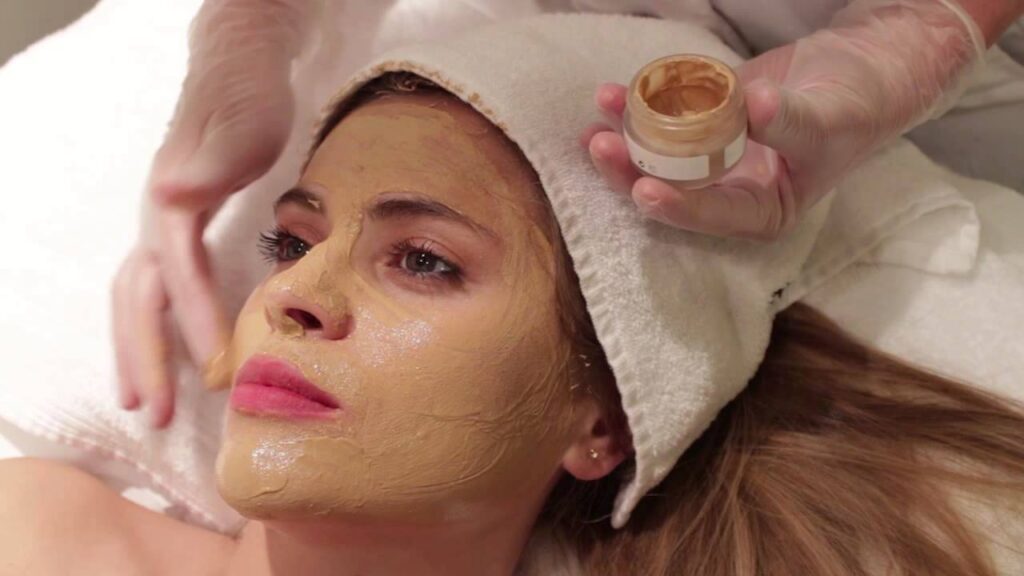
Best For: Hyperpigmentation, melasma, and uneven skin tone.
The Cosmelan peel is a specialized treatment designed primarily to address pigmentation issues such as melasma, sunspots, and post-inflammatory hyperpigmentation. It works by inhibiting the enzyme responsible for melanin production, thereby reducing dark spots and evening out the skin tone. This peel is popular for delivering quick results with minimal discomfort.
Common Ingredients: Cosmelan peel contains a blend of active ingredients like azelaic acid, kojic acid, and phytic acid. These ingredients target melanin production to help reduce pigmentation and improve skin clarity.
What to Expect: After a Cosmelan peel, you may experience mild redness and peel for a few days, but the treatment requires minimal downtime compared to deeper peels. A home care regimen is often prescribed to enhance and maintain the results. Cosmelan is suitable for all skin types and significantly improves pigmentation issues within a few weeks.
Choosing the Right Chemical Peel for Your Skin
When choosing a chemical peel, it’s crucial to consider your skin type, concerns, and tolerance for downtime. Here’s a simple guide to help you figure out which peel might work best for you:
- If You Have Sensitive Skin or Are New to Peels:
- Best Choice: Superficial peels
- Superficial peels are gentle and ideal for those with sensitive skin or those who want a milder treatment with little recovery time. These peels are also suitable for individuals who want to gradually improve their skin texture and tone without dramatic changes.
- If You Want to Target Fine Lines, Sun Damage, or Acne Scars:
- Best Choice: Medium peels
- Medium peels are a great option if you’re looking for more noticeable results. They work well for treating fine lines, uneven pigmentation, and moderate acne scars, offering a balance between effectiveness and recovery time.
- If You Have Severe Skin Concerns or Want Drastic Results:
- Best Choice: Deep peels
- If you have deep wrinkles, extensive sun damage, or severe scarring, a deep peel may be the right choice for you. However, these peels require a longer recovery period and should only be performed by a trained medical professional due to the intensity of the treatment.
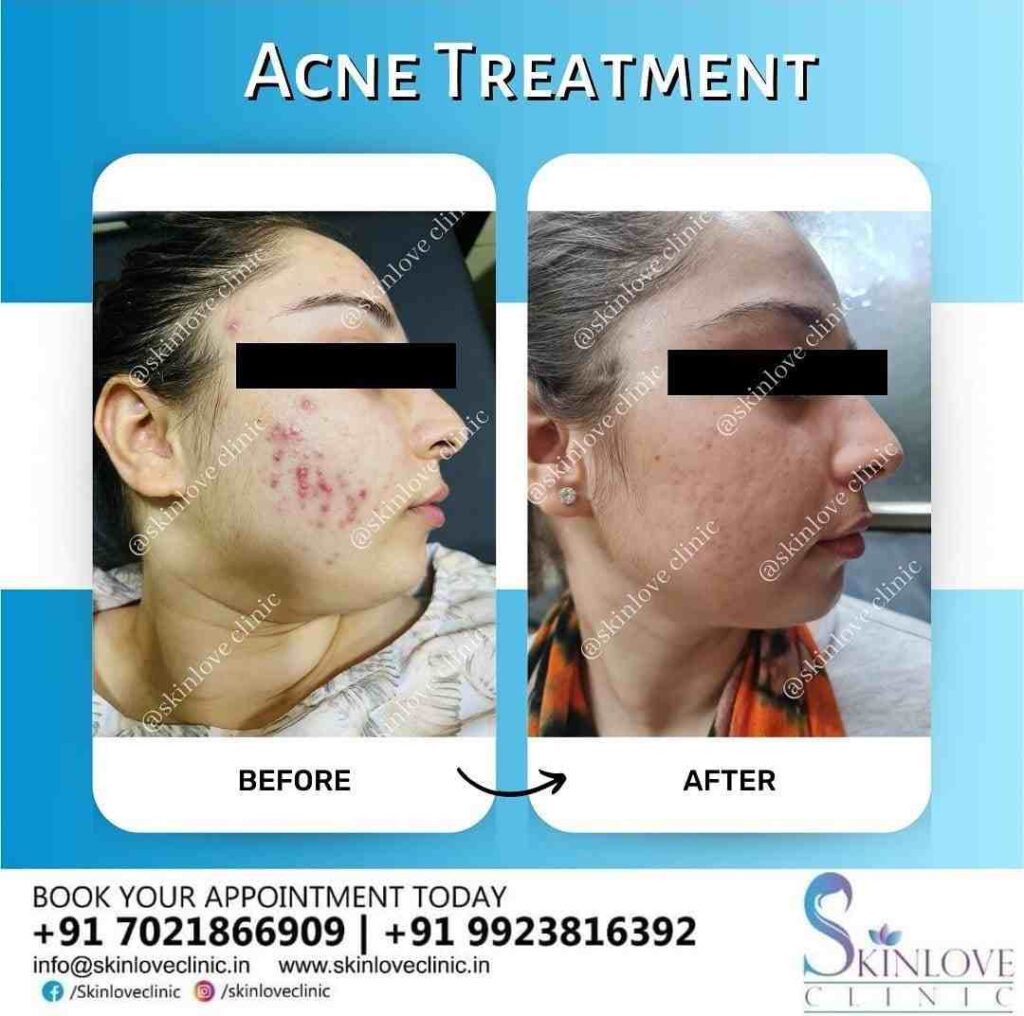
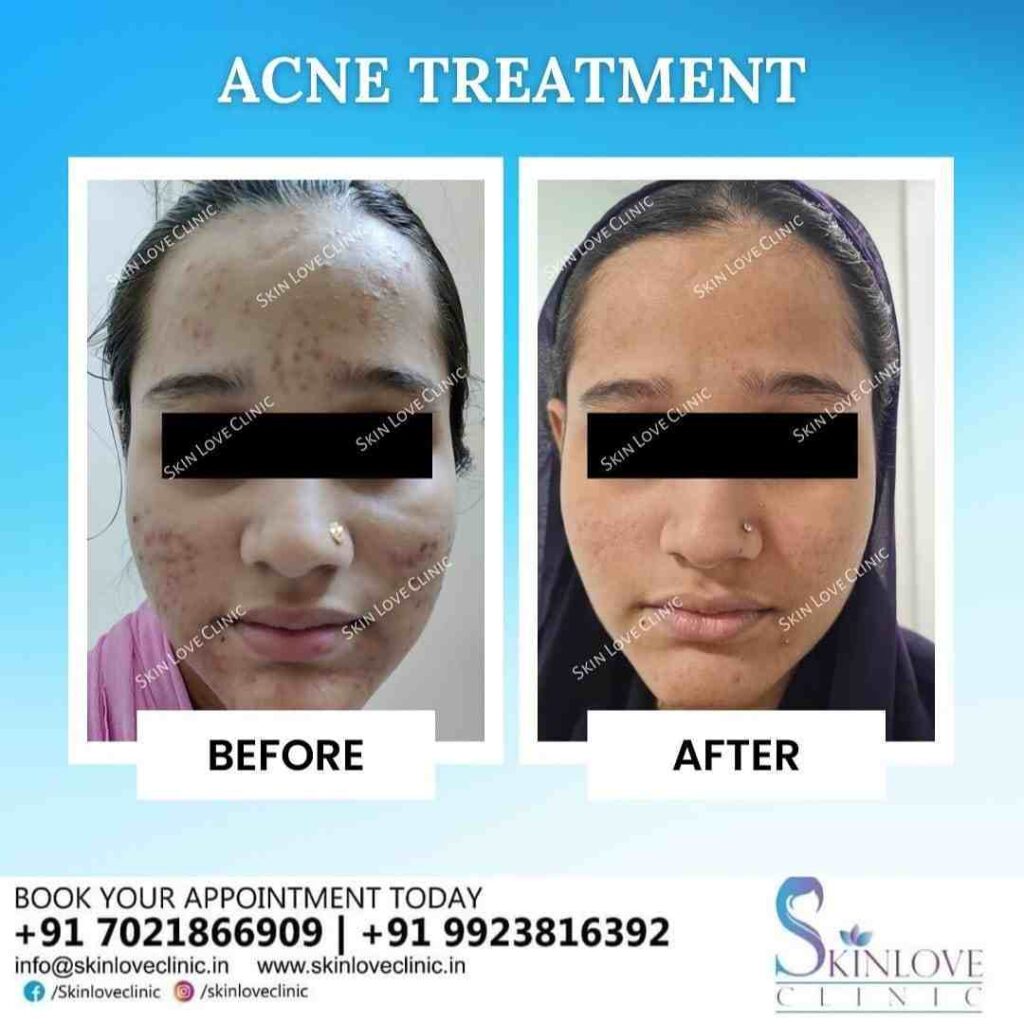
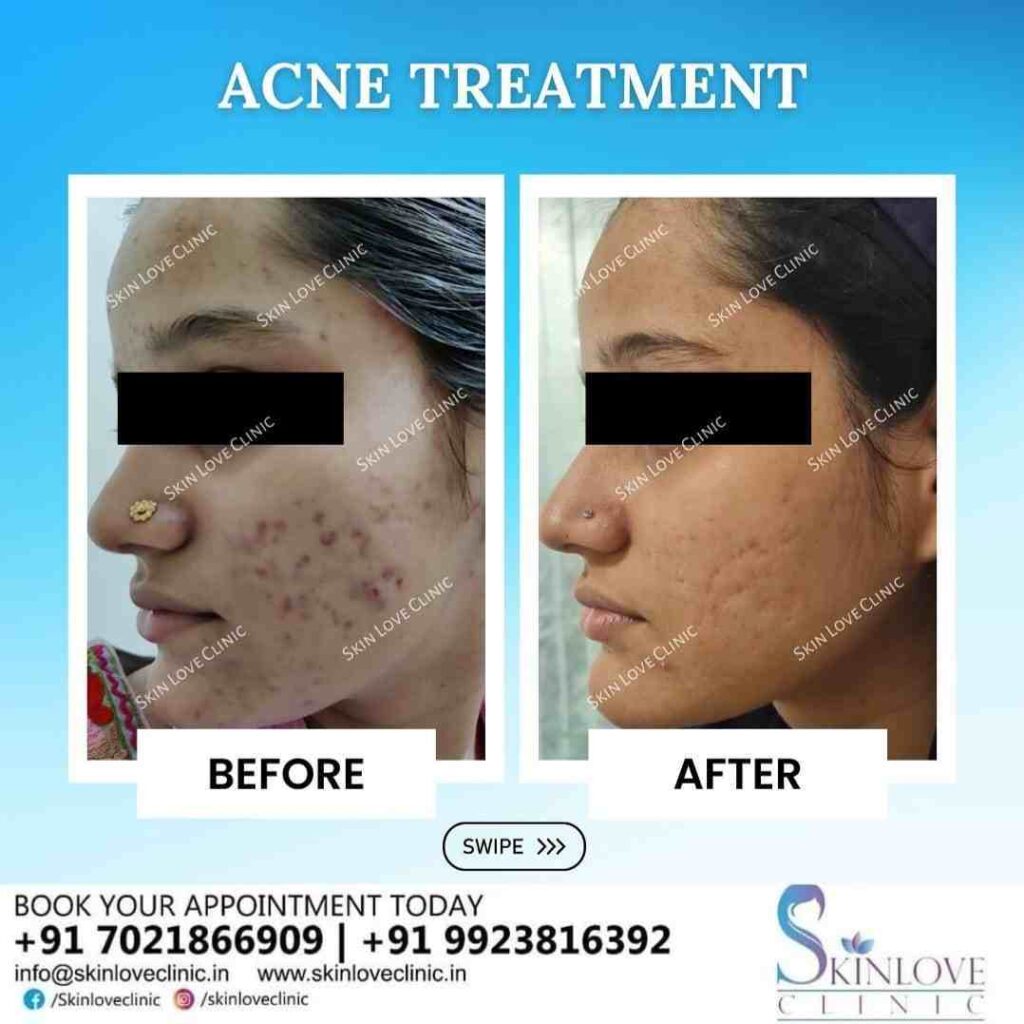
Precautions and Aftercare
Regardless of the type of chemical peel you choose, it’s important to follow these general precautions and aftercare tips:
- Consult a Professional: Always seek advice from a licensed dermatologist or skincare professional before undergoing a chemical peel. They can evaluate your skin type and concerns to recommend the best treatment.
- Sun Protection: After any peel, your skin will be more sensitive to the sun. Apply broad-spectrum sunscreen daily and avoid direct sun exposure to prevent damage and hyperpigmentation.
- Moisturize and Hydrate: Peeling treatments can leave your skin dry, so it’s important to keep your skin moisturized and hydrated throughout the recovery process.
- Avoid Picking: It can be tempting to peel off flaking skin, but doing so can cause scarring or infection. Let the skin naturally shed on its own.
Conclusion:
Each type of chemical peel serves a different purpose, so choosing the right one depends on your skin’s specific needs. Superficial peels are ideal for minor skin concerns, while medium peels address more prominent issues like fine lines and pigmentation. Deep peels offer dramatic results for severe skin problems, and Cosmelan peels are highly effective for treating pigmentation. Consulting a professional will ensure you select the right peel for your skin and get the best possible results.
If you are looking for the Best Chemical Peels in Matunga, Mumbai, you can experience some of the best chemical peel treatments customized to your skin’s specific needs at Skin Town Clinic. With experienced dermatologists and advanced technology, we offer a range of peel options to address everything from pigmentation to fine lines, ensuring your skin gets the care it deserves.


